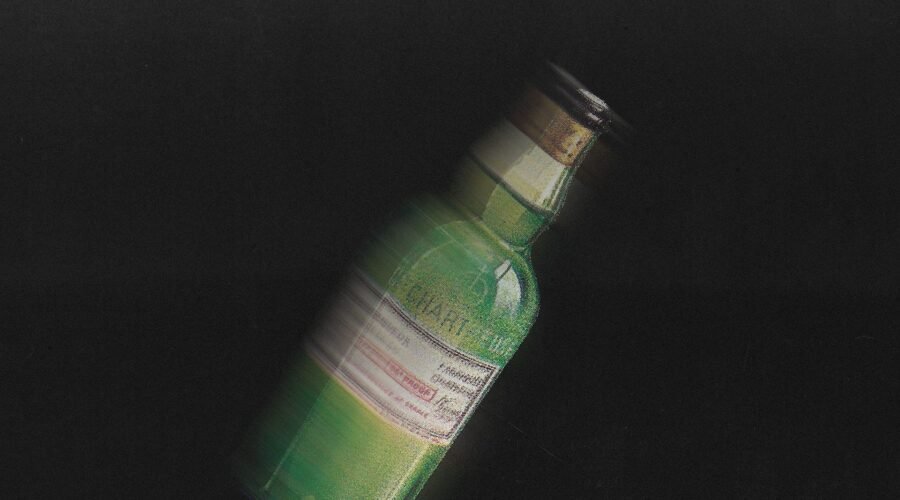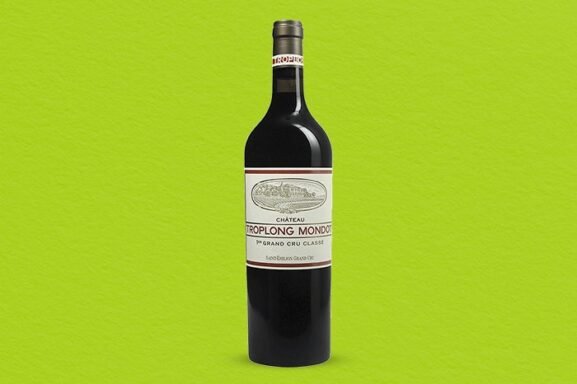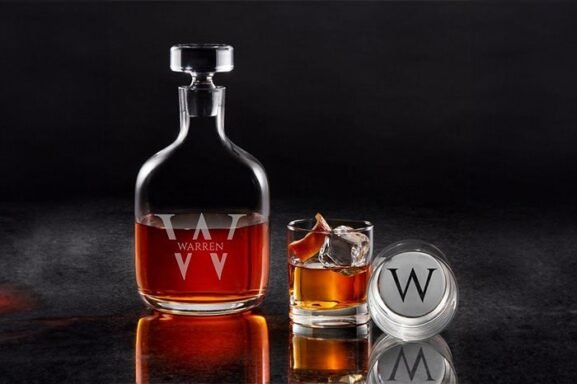Culture: Can The Last Word Cocktail Survive the Green Chartreuse Shortage?
In the ever-changing landscape of mixology, some cocktails have transcended trends and stood the test of time. The Last Word is one of those. However, the future of this historic drink now hangs in the balance due to an unexpected twist—the shortage of Chartreuse, one of its essential ingredients.
For context, the Last Word is a classic craft cocktail that emerged pre-Prohibition and first appeared on a menu at the Detroit Athletic Club bar in 1916. The drink is often attributed to the vaudeville performer Frank Fogarty, known for his cleverness and humor, and for reliably getting in “the last word.” The drink is a seemingly straightforward concoction, with equal parts gin, green Chartreuse, maraschino liqueur and freshly squeezed lime juice, but the final product is complex, balanced and lively. Each ingredient in the Last Word brings its own distinctive qualities to the drink. However, the most noticeable is arguably green Chartreuse, an herbal liqueur developed and produced by Carthusian monks since the 18th century.
“Chartreuse is the thing that brings [the Last Word] complexity,” says Antony Crowther, bar manager of The Last Word Saloon in Edinburgh, Scotland. He insists that it makes the cocktail worth drinking. From Crowther’s perspective, the Last Word is a completely different drink without Chartreuse.
You May Also Like: The Last Word, Your First Cocktail Choice
Carthusian monks belong to a religious order of the Catholic Church with headquarters in the Chartreuse Mountains in France, just north of the city of Grenoble. In the early 18th century, they developed an elixir made with a combination of 130 plants in a wine alcohol base. The result was an aromatic yellow-green liqueur with a bold, herbal flavor profile and spicy, sweet, floral notes that eventually came to be known as green Chartreuse.
To this day, the specifics of Chartreuse’s ingredients and processes are kept secret, adding to the liqueur’s allure—and its current scarcity. Carthusian monks remain the sole producers of Chartreuse, with only a select few in possession of the recipe.
The popularity of the liqueur has ebbed and flowed over the years, but the craft cocktail movement in the early 21st century encouraged its ascension. For example, the Last Word was resurrected by the late Murray Stenson in the early 2000s. Stenson was a renowned Seattle-based bartender who discovered the drink in an old cocktail book and added it to his menu. The legendary mixologist had long rejected the aggressively sweet cocktails of the 1970s and instead focused on classic drinks with high-quality ingredients—libations in the same vein of the Last Word, which turned out to be a hit. Today, the revived cocktail is considered a classic, with many bars adopting its quippy name as their businesses’ moniker. It helped rocket demand for Chartreuse.
In spite of its rekindled popularity, in 2021, the Carthusian monks quietly decided to limit the production of Chartreuse. It gradually became clear to spirits professionals and enthusiasts that a shortage was on the horizon. In January of 2023, the news was made public through a letter stating the monks’ decision to “protect their monastic life and devote their time to solitude and prayer.” Today, Chartreuse is still in production, but it’s been capped at roughly 1.2 million bottles a year. For businesses that rely on the Last Word as a cocktail—or as a name—the limit poses an issue.
Though the monks’ decision to limit Chartreuse production has yet to make an impact on Crowther’s Edinburgh bar, he has observed that the shortage has ironically “boosted the popularity of the Last Word and Chartreuse” because “it’s human nature to want something exclusive.”
For many others, however, it’s been a struggle to access enough Chartreuse to meet demands. Matt Sanchez, co-owner of The Last Word in Huntington, New York, remarked that for a stretch of time they used Dolin Génépy in their namesake cocktail instead of green Chartreuse. Dolin Génépy is similar to green Chartreuse in that it’s an alpine herbal liqueur, but it has a subtler flavor profile and lower abv, so Sanchez and his team had to adjust the recipe accordingly.
You May Also Like: Love Chartreuse? You Should Try Génépy
Interestingly, The Fly, a bar in Brooklyn, New York, recently launched its take on the Last Word amidst the Chartreuse shortage. General manager Madison Fink explained that The Fly prioritizes local spirits when possible, and that it uses Brooklyn-made Faccia Brutto’s Centerbe for its version of the drink. Centerbe is “an Italian take on Chartreuse, translating to ‘one hundred herbs,’” Fink says. Using Faccia Brutto instead of Chartreuse allows The Fly to honor the popularity of the Last Word while staying aligned with their community-focused values—and has also staved off any concerns over the increasingly limited supplies of the original liqueur.
Whether by choice (like The Fly) or necessity (such as Huntington’s The Last Word), cocktail bars across the globe have been opting to replace green Chartreuse in the classic drink. How the shortage of the historic liquor will impact the legacy of the Last Word still remains to be seen; however, many industry insiders suspect that Chartreuse is likely to become an increasingly coveted liqueur, reserved for special occasions, with more accessible versions taking its place in everyday drinks.
So are we seeing the last of the Last Word? It’s doubtful. And with the rise of new liqueurs that follow in the tradition of green Chartreuse, we likely won’t see the last of the drink anytime soon.
Published: January 3, 2024


